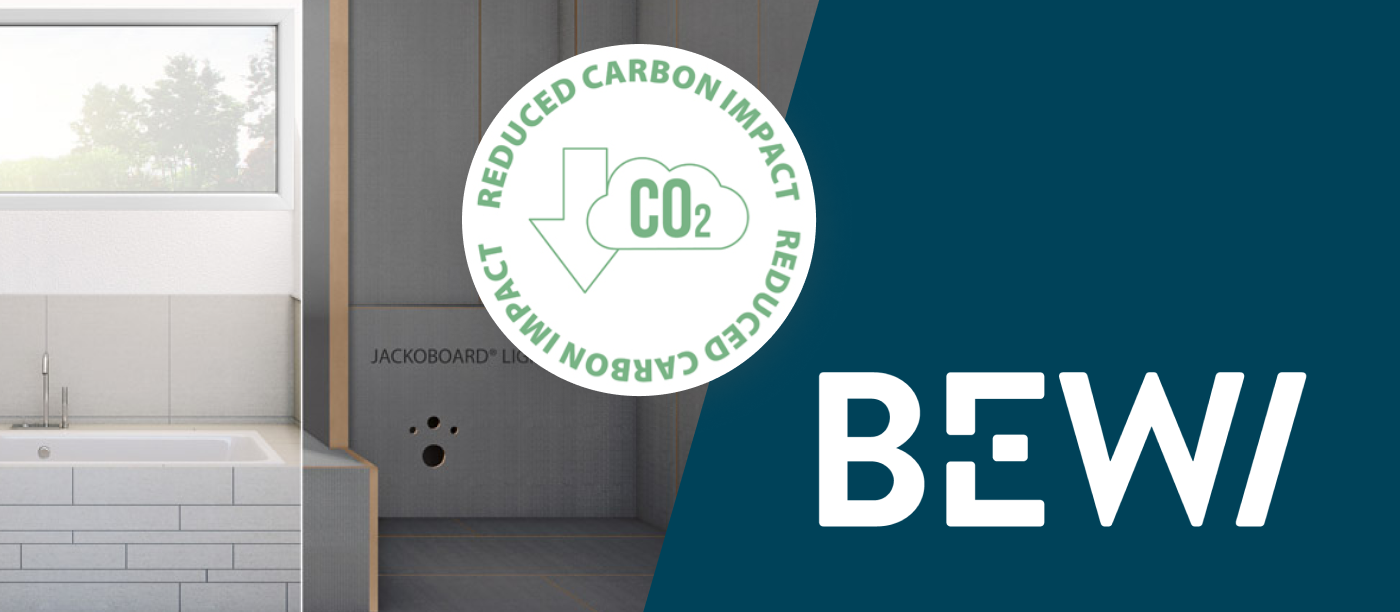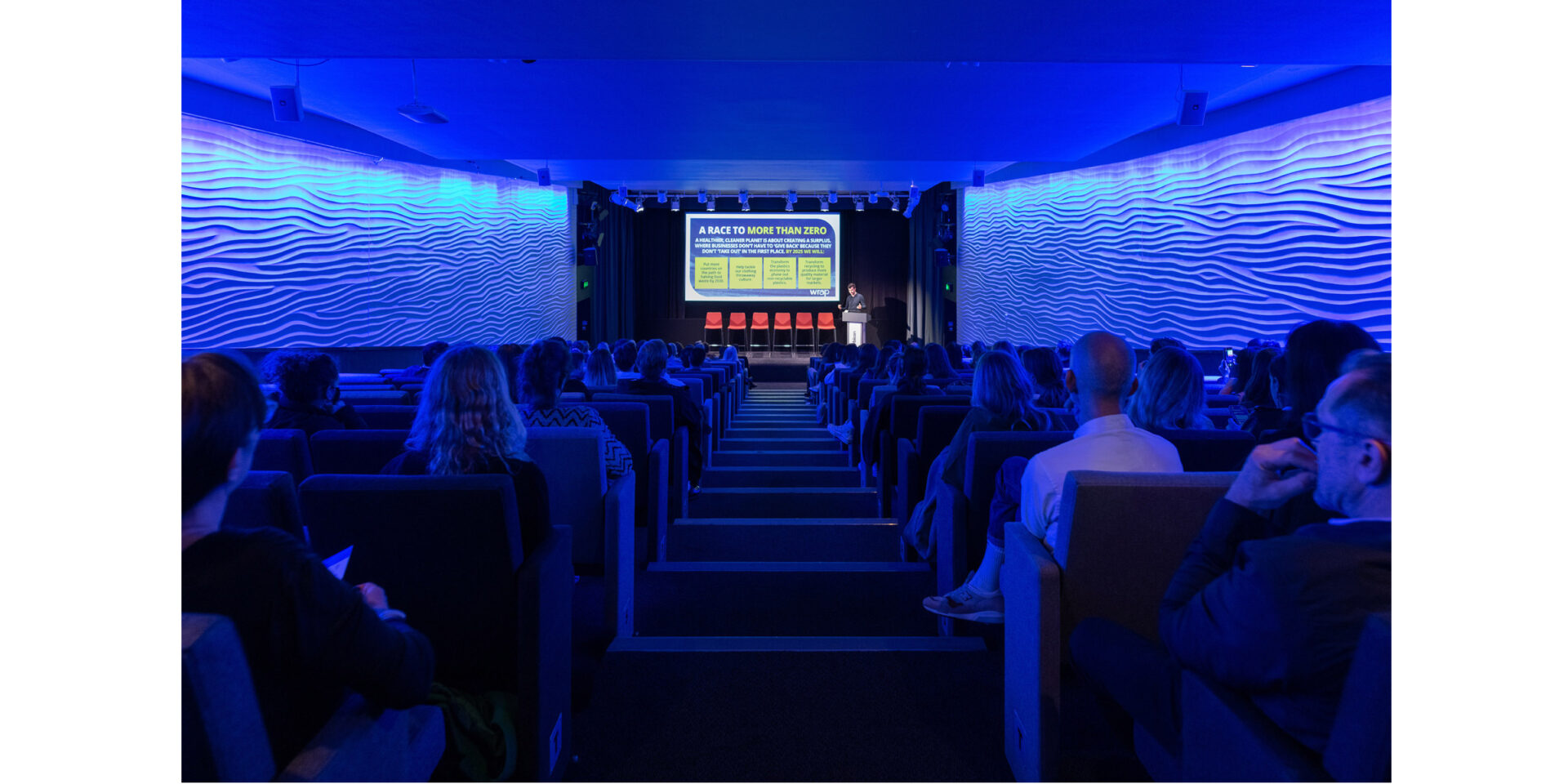The Construction Leadership Council’s Green Construction Board launched its Biodiversity Roadmap for the sector, detailing how the construction industry will work together to reduce harm to our natural environment. Biodiversity is the variety of plant and animal life living in the world, and without it, life on earth as we know it would collapse. Biodiversity is necessary for food, weather and water – everything to sustain life.
Biodiversity around the world is decreasing. It is vital to take steps to increase it and restore the ecosystems – or environments – in which biodiversity lives. Construction has historically been a major cause of decreasing biodiversity, and the sector recognises the important role it has to play in addressing the issues behind this loss. The sector is now coming together to take a ‘nature positive’ approach to help reverse the impact of construction on the natural environment.
The roadmap sets out what the industry should prioritise with the ultimate aim to be ‘nature positive’, and align with the targets in the UN Convention on Biological Diversity’s Framework. It provides context to the key issues, together with targets and short, medium and long-term goals for each of the priority areas.
These goals can be applied to the industry as a whole or to an individual organisation trying to understand what they can do to improve biodiversity and nature within the built environment. It acts as a tool to increase knowledge and understanding in the industry and to drive action in this space.
The key themes are:
Firstly, Drivers, Funding and Delivery
Target: Biodiversity loss is halted across the UK by 2030 and ENG in legislation with clear timelines by 2030.
Action: National legislative requirements for halting biodiversity loss are achieved and Environmental Targets for delivering ENG are embedded into policy and practice.
Secondly, Measurement, Management and Monitoring
Target: Sites that are on the BNG register monitor the habitats by 2025.
Action: Encourage BNG baselining and monitoring by scaling up assessment processes and using digital technology.
Thirdly, Upskilling and engagement
Target: Embed training into institutions and industry bodies and deliver industry wide modules by 2028.
Action: Delivering mandatory training for built environment institutions, to increase the number of biodiversity and environmental specialists that understand Environmental Targets, business cases, feasibility and metrics.









